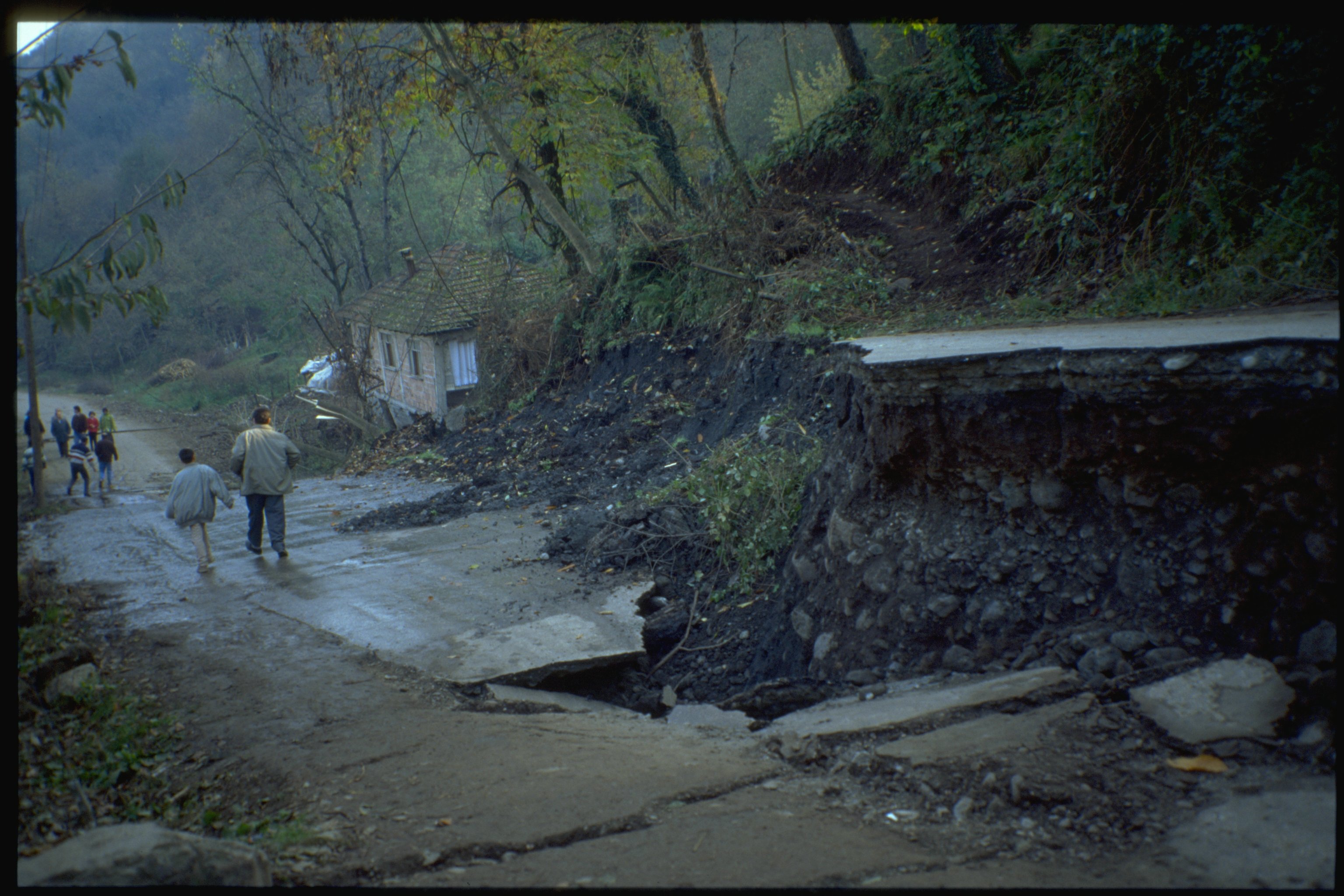All Categories
Featured
Table of Contents
Gravity Geophysical Survey Method in Maida Vale Oz 2023

The primary model for the radial structure of the interior of the Earth is the initial referral Earth design (PREM). Some parts of this model have actually been upgraded by recent findings in mineral physics (see post-perovskite) and supplemented by seismic tomography. The mantle is primarily composed of silicates, and the borders between layers of the mantle are constant with phase shifts.

This makes plate tectonics possible. Schematic of Earth's magnetosphere. The solar wind flows from left to right. If a world's electromagnetic field is strong enough, its interaction with the solar wind forms a magnetosphere. Early space probes mapped out the gross dimensions of the Earth's electromagnetic field, which extends about 10 Earth radii towards the Sun.
Inside the magnetosphere, there are fairly thick areas of solar wind particles called the Van Allen radiation belts. Geophysical measurements are typically at a specific time and place. Precise measurements of position, together with earth deformation and gravity, are the province of geodesy. While geodesy and geophysics are separate fields, the 2 are so closely connected that lots of scientific organizations such as the American Geophysical Union, the Canadian Geophysical Union and the International Union of Geodesy and Geophysics encompass both.
What Does A Geophysicist Do? in Mount Pleasant Western Australia 2021
, combines huge coordinates and the regional gravity vector to get geodetic coordinates. This method only supplies the position in two coordinates and is more difficult to utilize than GPS.
Gravity measurements became part of geodesy due to the fact that they were needed to related measurements at the surface of the Earth to the reference coordinate system.
Sea level can also be measured by satellites using radar altimetry, adding to a more precise geoid. In 2002, NASA launched the Gravity Recovery and Climate Experiment (GRACE), where two twin satellites map variations in Earth's gravity field by making measurements of the range between the 2 satellites using GPS and a microwave ranging system. , which are studied through geophysics and area physics.
What Is Geophysics? in Safety Bay Oz 2023

Because geophysics is worried about the shape of the Earth, and by extension the mapping of functions around and in the planet, geophysical measurements include high accuracy GPS measurements. These measurements are processed to increase their precision through differential GPS processing. When the geophysical measurements have actually been processed and inverted, the translated results are outlined using GIS.
Many geophysics business have created internal geophysics programs that pre-date Arc, GIS and Geo, Soft in order to meet the visualization requirements of a geophysical dataset. Expedition geophysics is used geophysics that often uses remote picking up platforms such as; satellites, airplane, ships, boats, rovers, drones, borehole noticing equipment, and seismic receivers.
For example, aeromagnetic information (airplane gathered magnetic information) collected utilizing traditional fixed-wing aircraft platforms should be corrected for electro-magnetic eddy currents that are developed as the airplane moves through Earth's electromagnetic field. There are likewise corrections connected to changes in determined potential field intensity as the Earth turns, as the Earth orbits the Sun, and as the moon orbits the Earth.
Consumer Guide To Geological And Geophysical Services ... in Millendon Australia 2021
Signal processing involves the correction of time-series information for unwanted noise or mistakes introduced by the measurement platform, such as aircraft vibrations in gravity data. It likewise includes the reduction of sources of sound, such as diurnal corrections in magnetic data. In seismic information, electro-magnetic data, and gravity data, processing continues after error corrections to consist of computational geophysics which lead to the final interpretation of the geophysical information into a geological interpretation of the geophysical measurements Geophysics emerged as a different discipline just in the 19th century, from the crossway of physical location, geology, astronomy, meteorology, and physics.
The magnetic compass existed in China back as far as the 4th century BC. It was not up until excellent steel needles could be forged that compasses were used for navigation at sea; prior to that, they might not maintain their magnetism long enough to be beneficial.
By looking at which of 8 toads had the ball, one might identify the direction of the earthquake.'s (1600 ), a report of a series of precise experiments in magnetism.
How To Become A Geophysicist in Kensington Aus 2021
In 1687 Isaac Newton published his, which not just laid the foundations for classical mechanics and gravitation but likewise described a range of geophysical phenomena such as the tides and the precession of the equinox. The first seismometer, an instrument capable of keeping a constant record of seismic activity, was built by James Forbes in 1844. Dietmar; Sdrolias, Maria; Gaina, Carmen; Roest, Walter R. (April 2008). "Age, spreading out rates, and spreading asymmetry of the world's ocean crust". Geochemistry, Geophysics, Geosystems. 9 (4 ): Q04006. Bibcode:2008 GGG ... 9. 4006M. doi:10. 1029/2007GC001743. S2CID 15960331. "Earth's Inconstant Electromagnetic field". science@nasa. National Aeronautics and Area Administration. 29 December 2003. Obtained 13 November 2018.
Runcorn, S.K, (editor-in-chief), 1967, International dictionary of geophysics:. Pergamon, Oxford, 2 volumes, 1,728 pp., 730 fig Geophysics, 1970, Encyclopaedia Britannica, Vol. Introduction to seismology (2nd ed.).
Latest Posts
Geoscientist - College Of Science in St James Aus 2021
What Is A Seismic Survey? in Straffon Oz 2021
What Are Geological, Geochemical, in Hovea WA 2022